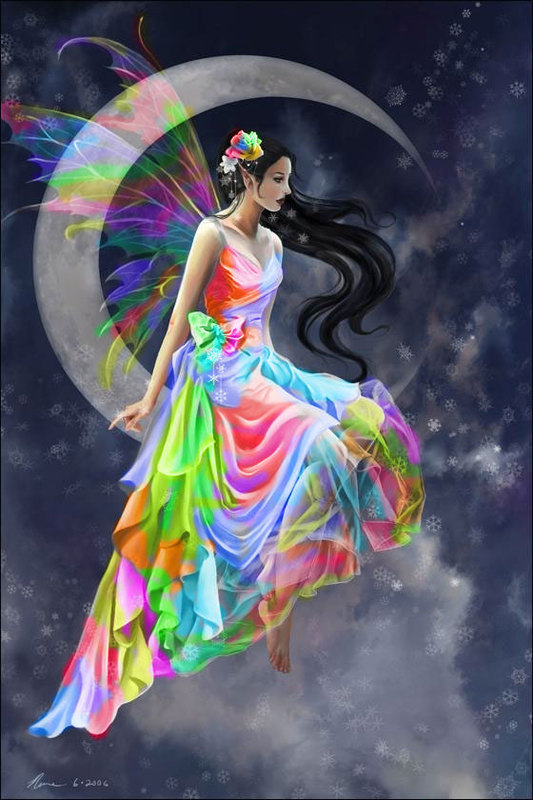 There is no specific date on which the Ostara feast must be held. The three mightiest times at this turning of the year are the equinox itself and the new and full moons following the equinox. It is probably better in general to celebrate Ostara during the waxing moon.
There is no specific date on which the Ostara feast must be held. The three mightiest times at this turning of the year are the equinox itself and the new and full moons following the equinox. It is probably better in general to celebrate Ostara during the waxing moon. Ostara represented many complex, interrelated beliefs to our ancestors. The sun was reborn from its winter banishment to thaw the earth, making it ready for the plow. People felt reborn as well, escaping from close, snow-bound confinement into the new warmth. The Gods and Goddesses of fertility were active once again in the land, causing new growth everywhere. Women often were showing the first swelling signs of pregnancy, engendered in the winter months when bed meant both warmth and entertainment for they and their men. As the wilds burgeoned with new life, so too would the lands inhabited by man, bearing crops in the furrows, kine in the fields, and salmon in the streams. Ostara is the brightest and most joyful ceremony of the Teutonic year. It is the time in which we celebrate the renewed presence of the Gods and Goddesses of fertility among us, and their marriages which ensure the fertility of the land. Ostara marks the victory of Sunna over the wolves which pursued her down into winter's dark, and Thorr's victory over the Frost-Giants. We celebrate the end of winter, and joyously exchange the cold for summer's healing warmth.

No comments:
Post a Comment